MercoPress. South Atlantic News Agency
Tag: Indec index
-
Wednesday, March 31st 2021 - 06:22 UTC
Manhattan judge rules against Argentina over mishandling of INDEC data

US Federal Judge Loretta A. Preska of the United States District Court for the Southern District of New York Tuesday ruled against Argentina and in favour of the plaintiffs with regards to the South American country's handling of the official figures upon which profits were to be measured for the bondholders.
-
Thursday, September 17th 2020 - 09:30 UTC
Argentina tightens currency controls, helping the US dollar climb to a new record
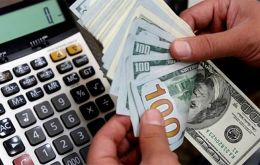
Argentina's peso currency plunged further into record low territory after the central bank tightened currency controls. The peso opened almost 0.1% weaker at 75.25 per U.S. dollar, traders said, and the country risk rose 38 basis points to 1,157. The black market peso or blue dollar plummeted 9.7% to open at a new all-time low 145 per U.S. dollar.
-
Sunday, February 23rd 2020 - 05:29 UTC
Argentina manages a US$ 1.02bn trade surplus in January
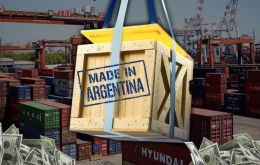
Argentina's economic activity expanded in December as retail sales and manufacturing advanced, while the country posted a trade surplus in January that almost tripled the surplus the same month a year earlier.
-
Tuesday, October 1st 2019 - 09:59 UTC
Some 15.8 million Argentines living in poverty according to the latest data
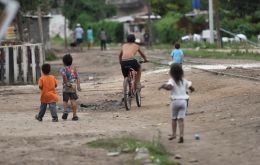
Poverty in Argentina rose to 35.4% of the population in the first half of the year, the highest officially recorded level since 2001, the INDEC national statistics bureau reported today. This means that some 15.8 million Argentines are now considered poor, INDEC's data indicates. At the end of 2018, 32% of Argentines were said to be living in poverty.
-
Thursday, June 27th 2019 - 14:54 UTC
Argentina trade surplus for nine months running, but imports in May drop 28%

Argentina's trade surplus in May reached US$ 1.373m, the highest in five years and a record nine months running with positive results, reported on Wednesday the country's stats office, Indec.
-
Thursday, May 16th 2019 - 09:52 UTC
April inflation in Argentina eases but reaches 3.4% and an annualized 55.8%

Argentina released April inflation numbers on Wednesday, with the monthly price rise easing to 3.4% - high by international standards, but below market expectations and reversing an acceleration trend that began in January.
-
Tuesday, March 26th 2019 - 09:00 UTC
A third of Argentines living below the poverty line; in Greater Buenos Aires, 41.1%
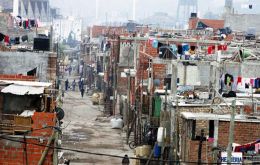
Almost a third of Argentines were living below the poverty line at the end of 2018, according to a new report from the Catholic University of Argentina (UCA).
-
Friday, December 14th 2018 - 08:54 UTC
A third of the Argentine population is considered poor
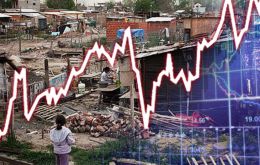
Poverty in Argentina has risen to its highest in eight years, a new report has revealed, with more than a third of the population now considered to be poor. The new survey, from the Catholic University of Argentina's Social Debt Observatory, found that 33.6% of Argentines were living below the poverty line in the third quarter of the year.
-
Friday, November 16th 2018 - 12:31 UTC
Argentina's October CPI 5.4% and 45.9% in twelve months

Argentina's Consumer Price Index, CPI, increased 5.4% in October, and 39.5% in the last ten months, and 45.9% in twelve months, according to the latest report from the country's stats office, Indec. The items with the highest were Housing, 8.8%, followed by Transport, 7.6% while Food and Beverage, 5.9%.
-
Monday, November 12th 2018 - 13:27 UTC
Argentina's industrial activity in September down 11.5% in the last twelve months
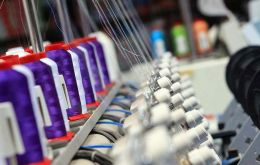
Argentine industrial activity plunged 11.5% year-on-year in September – the biggest drop in 16 years. The INDEC national statistics bureau said that manufacturing witnessed a fifth consecutive month of decline, following drops of 1.2% in May, 8.1% in June, 5.7% in July and 5.6% in August. It’s the biggest contraction since July 2002.
